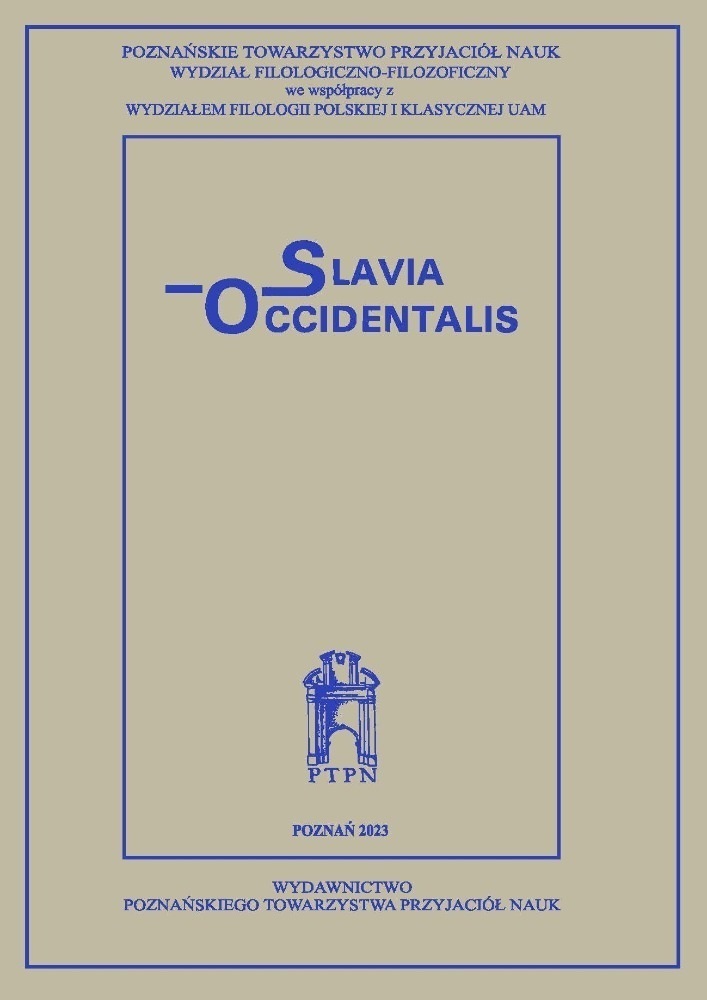Abstrakt
The Takarazuka Revue (Takarazuka Kagekidan) occupies an important place among Japanese modern theatres and enjoys unwavering popularity both in Japan and abroad. Both the artistic and commercial character of the idea that brought the first Japanese all-female revue to life in 1914 determined its further development and process of conversion from a simple choir to a full scale musical theater. Kobayashi – the founder of the Takarazuka Revue, an opera aficionado and theater critic – was driven by the need to create a new, affordable and easily understandable national theater that would meet the needs of modern Japanese society. Currently, the Takarazuka Revue is one of the most active and successful modern Japanese theaters. Its harmonious combination of trends in mass culture and Japanese and Western theatrical traditions is fascinating. The highly characteristic fusion of simplicity and splendour, kitsch and sophistication that can be seen in the revue’s works, creates a unique, albeit somewhat controversial style, complemented by musumeyaku (female emploi) i otokoyaku (male emploi) played by actresses taught in a special school affiliated to the Takarazuka Revue.
Bibliografia
Hankyū Hanshin Holdings, Annual Report, 2013, <http://holdings.hankyu-hanshin.co.jp/ir/library/annualreports/data/131.pdf> (20.07.2015).
Hosokawa S., Shoki no Takarazuka Kageki bunkashi – otogigeki kara rebyū made, ed. B. Makita, <http://web.kyoto-inet.or.jp/people/vmakita/ezuka-speech.html> (25.07.2015).
Kawasaki K., Takarazuka to iu yūtopia, Tōkyō 2005.
Kawasaki K., Takarazuka shōhishakai no supekutakuru, Tōkyō 1999.
Kobayashi I., Takarazuka manpitsu, Tōkyō 1980.
Kobayashi I., Watakushi no yukikata, Tōkyō 2006.
Kobayashi K., Prelude – Takarazuka Ongaku Gakkō dai 93ki Bunkasai, Takarazuka 2007.
Kōbō Ō., Takarazuka! Kore zo entāteinmento, Tōkyō 2001.
Nimiya K., Takarazuka no kōki – Osukaru kara posuto feminizumu he, Tōkyō 1995.
Shima O., Kobayashi Ichizō to sono bijogun, 70 nen no himitsu – Za Takarazuka, Tōkyō 1984.
Sugawara M., Yume no rebyūshi, Tōkyō 1996.
Takarazuka Sumiregumi, Takarazuka daijiten, Tōkyō 2000.
Takarazuka to fan (jō), <http://www.sankei.com/west/news/140803/wst1408030046-n1.html> (29.07.2015).
Takarazuka to Kabuki korabokōen, 2005, <http://www.sponichi.co.jp/osaka/ente/takarazuka/backnumber/050813/takarazuka.html> (23.07.2015).
Tsuganesawa T., Takarazuka Senryaku – Kobayashi Ichizō no seikatsubunkaron, Tōkyō 1991.
Ueda Y., Takarazuka Ongaku Gakkō, Ōsaka 1976.
Watanabe H., Takarazuka Kageki no henyō to Nihon kindai, Tōkyō 1999.
Yume wo egaite hanayaka ni Takarazuka Kageki 80 nenshi, Takarazuka 1994.
Żeromska E., Japoński teatr klasyczny. Korzenie i metamorfozy, t. 2: Kabuki, burnaku, Warszawa 2009.
Żeromska E., Na pograniczu realizmu: kobieta i kobiecość w teatrze japońskim, Porównania 2016, nr 18, s. 239–256. DOI: https://doi.org/10.14746/p.2016.18.10669
Licencja
Prawa autorskie (c) 2017 Monika Lecińska-Ruchniewicz

Utwór dostępny jest na licencji Creative Commons Uznanie autorstwa – Użycie niekomercyjne – Bez utworów zależnych 4.0 Międzynarodowe.
